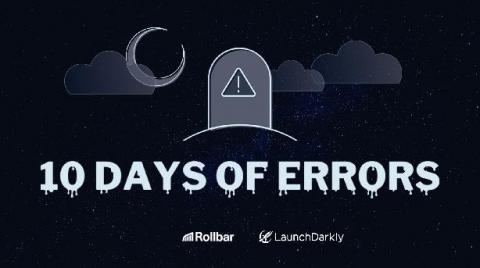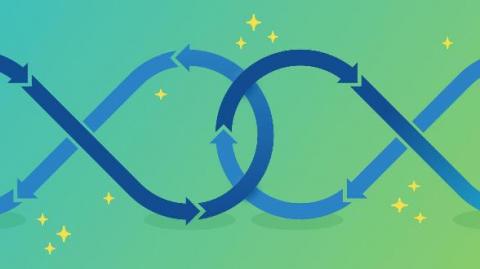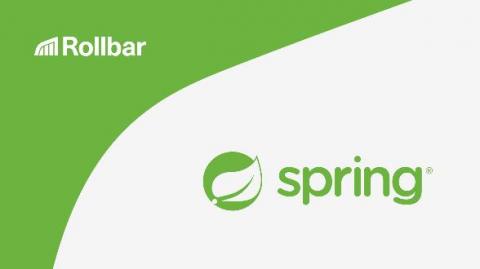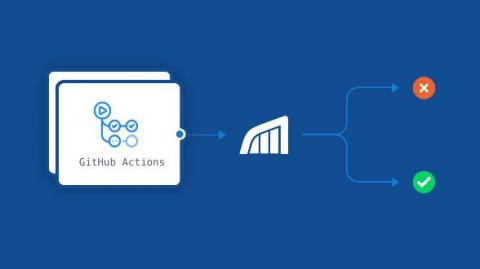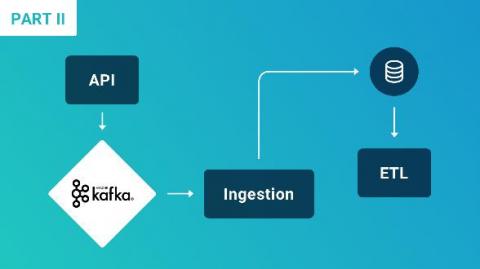Rollbar SDKs and the new Apple-Silicon Mac Platform
Apple just introduced Apple M1, it’s new processor, along with their latest product versions. Back in June, when Apple had first announced the transition to Apple silicon, we applied for their Universal App Quick Start Program and, eventually, received an Apple Developer Transition Kit (DTK) so that we could try out our Rollbar-iOS and Rollbar.NET (via Xamarin) SDKs on the Apple new platform.



